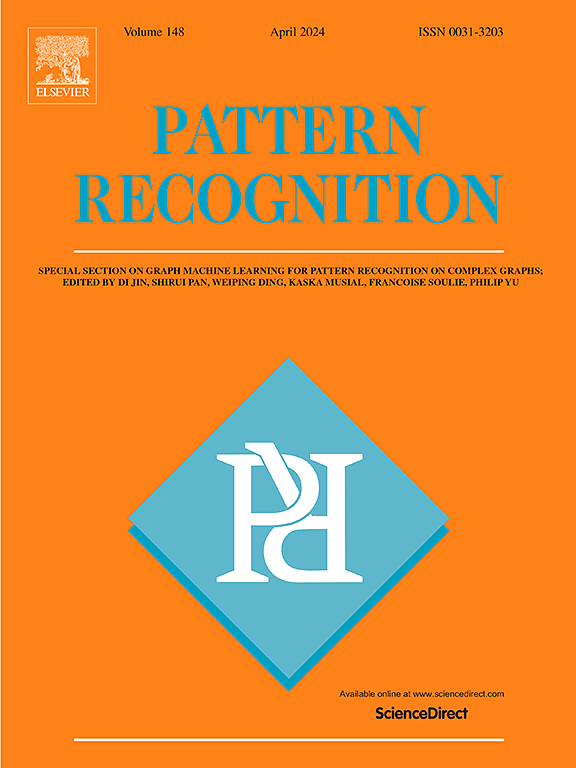基于扩散的弱监督时间动作定位框架
IF 7.5
1区 计算机科学
Q1 COMPUTER SCIENCE, ARTIFICIAL INTELLIGENCE
引用次数: 0
摘要
弱监督时态动作定位旨在仅通过视频级别的监督来定位动作实例。由于缺乏框架级标注监督,如何有效地将动作片段和背景从语义模糊的特征中分离出来成为该任务的一个艰巨挑战。为了从生成建模的角度解决这个问题,我们提出了一个新的基于扩散的网络,分为两个阶段。首先,我们设计了局部掩蔽机制模块来学习局部语义信息,并在早期生成二值掩码(1)用于动作-背景分离(2)作为扩散模块所需的伪地真值。然后,在第二阶段,我们提出了一个扩散模块来生成伪地面真值监督下的高质量动作预测。此外,我们进一步优化了局部屏蔽模块中的新精炼操作,以提高操作效率。实验结果表明,该方法在公开可用的主流数据集THUMOS14和ActivityNet上取得了良好的性能。代码可在https://github.com/Rlab123/action_diff上获得。本文章由计算机程序翻译,如有差异,请以英文原文为准。
Diffusion-based framework for weakly-supervised temporal action localization
Weakly supervised temporal action localization aims to localize action instances with only video-level supervision. Due to the absence of frame-level annotation supervision, how effectively separate action snippets and backgrounds from semantically ambiguous features becomes an arduous challenge for this task. To address this issue from a generative modeling perspective, we propose a novel diffusion-based network with two stages. Firstly, we design a local masking mechanism module to learn the local semantic information and generate binary masks at the early stage, which (1) are used to perform action-background separation and (2) serve as pseudo-ground truth required by the diffusion module. Then, we propose a diffusion module to generate high-quality action predictions under the pseudo-ground truth supervision in the second stage. In addition, we further optimize the new-refining operation in the local masking module to improve the operation efficiency. The experimental results demonstrate that the proposed method achieves a promising performance on the publicly available mainstream datasets THUMOS14 and ActivityNet. The code is available at https://github.com/Rlab123/action_diff.
求助全文
通过发布文献求助,成功后即可免费获取论文全文。
去求助
来源期刊

Pattern Recognition
工程技术-工程:电子与电气
CiteScore
14.40
自引率
16.20%
发文量
683
审稿时长
5.6 months
期刊介绍:
The field of Pattern Recognition is both mature and rapidly evolving, playing a crucial role in various related fields such as computer vision, image processing, text analysis, and neural networks. It closely intersects with machine learning and is being applied in emerging areas like biometrics, bioinformatics, multimedia data analysis, and data science. The journal Pattern Recognition, established half a century ago during the early days of computer science, has since grown significantly in scope and influence.
 求助内容:
求助内容: 应助结果提醒方式:
应助结果提醒方式:


